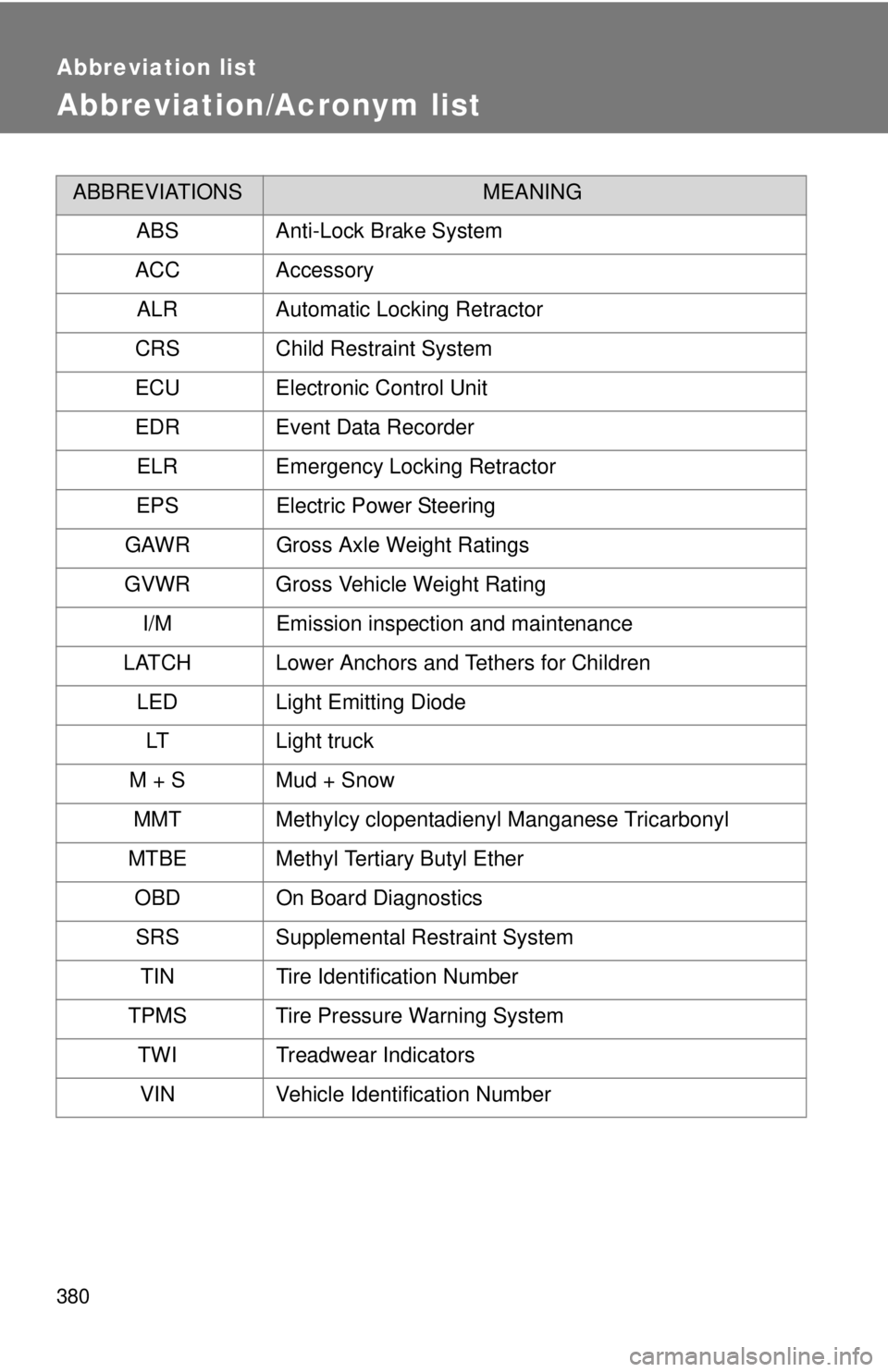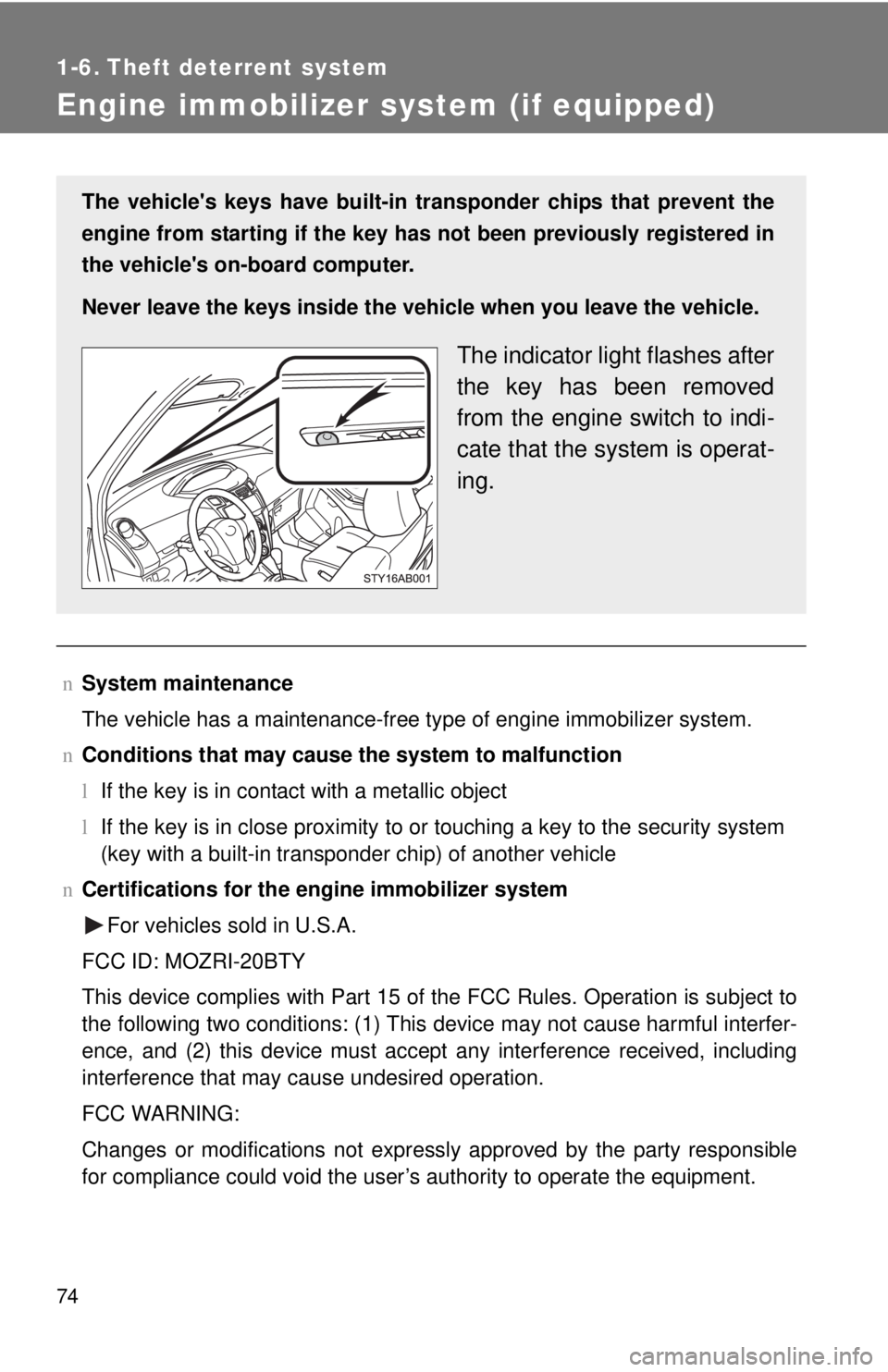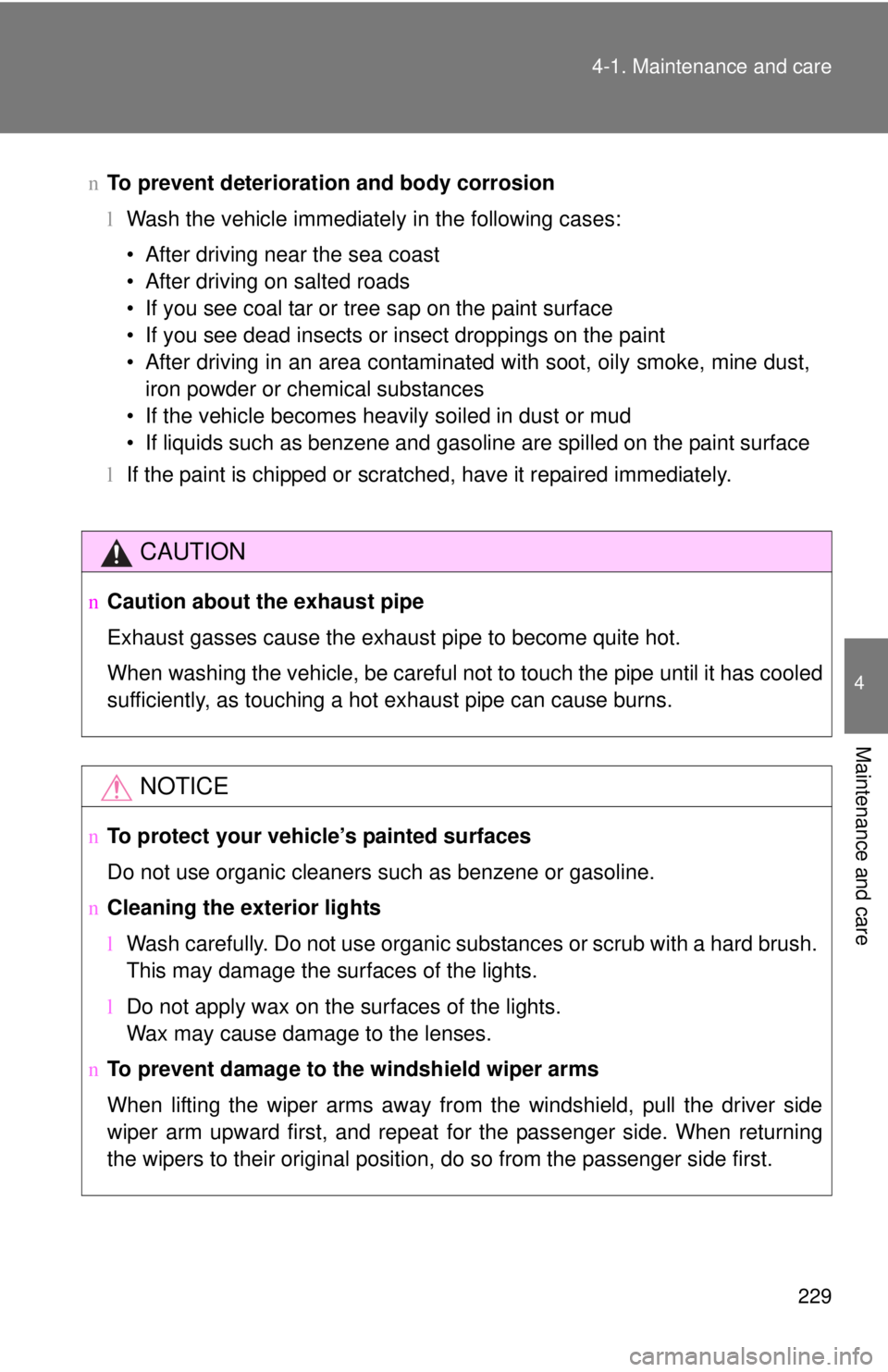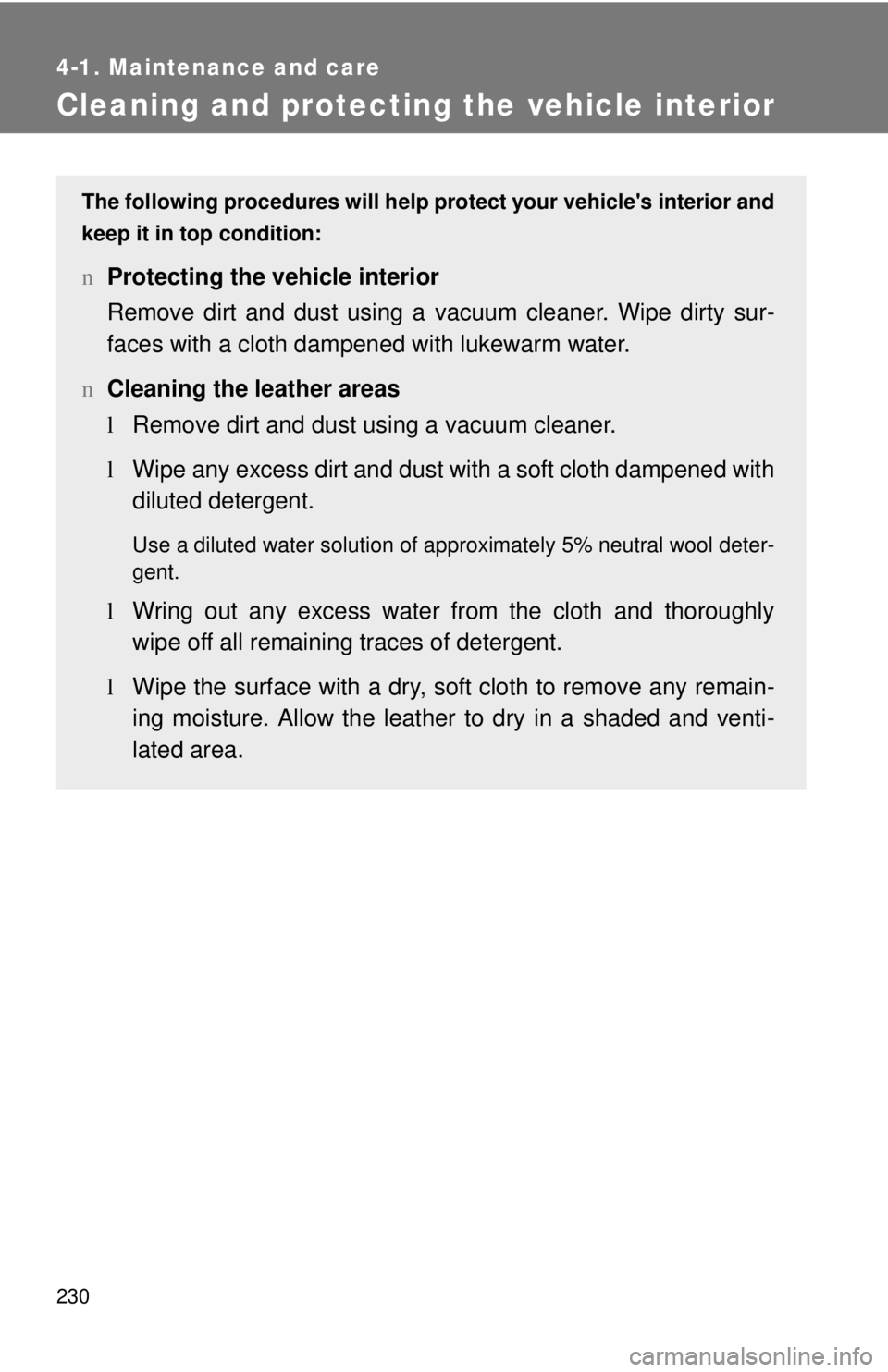maintenance TOYOTA YARIS HATCHBACK 2009 Owners Manual
[x] Cancel search | Manufacturer: TOYOTA, Model Year: 2009, Model line: YARIS HATCHBACK, Model: TOYOTA YARIS HATCHBACK 2009Pages: 402, PDF Size: 7.61 MB
Page 3 of 402

1
OVERVIEW
FEATURES/OPERATIONS
SAFETY AND EMERGENCY FEATURES
Enginemaintenance7Fuel tank door release and cap6Hood release 7Indicator symbols4-5Instrument cluster 4Instrument panel2-3
Keyless entry* 6
Air Conditioning/Heating13Audio 14-15Automatic Transmission 8Clock15Cruise control14Door-Back 12Lightcontrol-Instrument panel9Lights& turn signals11Luggagestoragebox15Parkingbrake 8Power outlet 15Seat adjustments-Front9Seat adjustments-Rear9Seat-Foldingrear seat10-11Seats-Head restraints 12Tilt steeringwheel8Windows-Power 12
Windshield wipers & washers 13
Child comfort guide17Door locks-Power 16Seatbelts16Sparetire & tools17
Tire Pressure Monitoring (warning) System 16
OVERVIEW
FEATURES/OPERATIONS
SAFETY AND
EMERGENCY FEATURES
INDEX
* Visit your Toyota dealer for information on customizing this feature.
412782M2.qxd:_412782M2 8/18/08 2:02 PM Page 1
Page 9 of 402

7
OVERVIEW
FEATURES/OPERATIONS
SAFETY AND EMERGENCY FEATURES
ugh,
ll
Hood release
Engine maintenance
Windshield washer and rear window washer fluid tank
Engine oil filler cap
Engine oil level dipstick
Engine coolant reservoir
Note: Regularly scheduled maintenance, including oil changes, will help extend the life of your vehicle and maintain performance.
Please refer to the “Owner’s Warranty Information Booklet,”
“Scheduled Maintenance Guide” or “Owner’s Manual
Supplement.”
Pull Pull up latch
and raise hood
Engage
support rod
412782M2.qxd:_412782M2 8/18/08 2:06 PM Page 7
Page 19 of 402

380
Abbreviation list
Abbreviation/Acronym list
ABBREVIATIONSMEANING
ABS Anti-Lock Brake System
ACC Accessory ALR Automatic Locking Retractor
CRS Child Restraint System
ECU Electronic Control Unit
EDR Event Data Recorder ELR Emergency Locking Retractor
EPS Electric Power Steering
GAWR Gross Axle Weight Ratings
GVWR Gross Vehicle Weight Rating I/M Emission inspection and maintenance
LATCH Lower Anchors and Tethers for Children LED Light Emitting Diode
LT Light truck
M + S Mud + Snow MMT Methylcy clopentadienyl Manganese Tricarbonyl
MTBE Methyl Tertiary Butyl Ether OBD On Board DiagnosticsSRS Supplemental Restraint System
TIN Tire Identification Number
TPMS Tire Pressure Warning System TWI Treadwear Indicators
VIN Vehicle Identification Number
Page 25 of 402

TABLE OF CONTENTS
1
1Before drivingAdjusting and operating features such as door locks,
mirrors, and steering column.
2When drivingDriving, stopping and safe-driving information.
3Interior
featuresAir conditioning and audio systems, as well as other in-
terior features for a comfortable driving experience.
4Maintenance
and careCleaning and protecting your vehicle, performing do-it-
yourself maintenance, and maintenance information.
5When trouble
arisesWhat to do if the vehicle needs to be towed, gets a flat
tire, or is involved in an accident.
6Vehicle
specificationsDetailed vehicle information.
7For ownersReporting safety defects for U.S. owners and seat belt
instructions for Canadian owners
IndexAlphabetical listing of information contained in this
manual.
Page 88 of 402

74
1-6. Theft deterrent system
Engine immobilizer system (if equipped)
nSystem maintenance
The vehicle has a maintenance-free type of engine immobilizer system.
n Conditions that may
cause the system to malfunction
l If the
key is in contact with a metallic object
lIf
the key is in close proximity to or touching a key to the security system
(key with a built-in transponder chip) of another vehicle
n Certifications for the engine immobilizer system
For vehicles sold in U.S.A.
FCC ID: MOZRI-20BTY
This device complies with Part 15 of the FCC Rules. Operation is subject to
the followin
g two conditions: (1) This device may not cause harmful interfer -
ence, and (2) this device must accept any interference received, including
interference that may cause undesire
d operation.
FCC WARNING:
Changes or modifications not expressly approved by the party responsible
for complia
nce could void the user’s authority to operate the equipment.
The vehicle's keys have built-in tran sponder chips that prevent the
engine from starting if the key has not been previously registered in
the vehicle's on-board computer.
Never leave the keys inside the vehicle when you leave the vehicle.
The indicator light flashes after
the key has been removed
from the engine switch to indi -
cate that the system is operat-
ing.
Page 180 of 402

167
2-5. Driving information
2
When driving
n
Before towing
Check that the following conditions are met:
lEnsure that your vehicle’
s tires are properly inflated. ( →P. 351)
l T
railer tires should be inflated according to the trailer manufacturer’s rec -
ommendation.
l All trailer light
s work to be legal.
l Confirm all light
s work each time you connect them.
l Check
that your vehicle remains level when a loaded or unloaded trailer
is hitched. Do not drive if the vehicle is not level, and check for improper
tongue load, overloading, worn suspension, or other possible causes.
l Make s
ure the trailer cargo is securely loaded.
lCheck
that your rear view mirrors c onform to any federal, state/provincial
or local regulations. If they do not, inst all rear view mirrors appropriate for
towing purposes.
n Break-in schedule
l T
oyota recommends that you do not use a new vehicle or a vehicle with
any new power train components (engine, transmission, differential,
wheel bearings, etc.) to tow a trailer for the first 500 miles (800 km) of
driving.
n Main
tenance
lIf you tow a trailer
, your vehicle will require more frequent maintenance
due to the additional load. (See “Scheduled Maintenance Guide” or
“Owner’s Manual Supplement”.)
l Retighten the fixing
bolts of the towing ball and bracket after approxi -
mately 600 miles (1000 km).
Page 239 of 402

228
4-1. Maintenance and care
Cleaning and protecting the vehicle exterior
nAutomatic car washes
l Before washing the vehicle, do the following.
• Fold the mirrors back.
• Remove the antenna.
l Brushes
used in automatic car washes may scratch the vehicle surface
and harm your vehicle’s paint.
n High press
ure car washes
Do not allow the nozzles of the car wash to come within close proximity \
of
the windows. Before
entering an automatic car wash, check that the fuel filler
door on your vehicle is closed properly.
n Alum
inum wheels (if equipped)
Remove any dirt immediately by using a neutral detergent. Do not use har\
d
brushes
or abrasive cleaners. Do not use strong or harsh chemical cleaners.
Use the same mild detergent and wax as used on the point.
n Bumpers a
nd side moldings
Do not scrub with abrasive cleaners.
Perform the following to protect the vehicle and maintain it in prime
condition.
l Working from top to bottom, liber ally apply water to the vehicle
body, wheel wells and underside of the vehicle to remove any
dirt and dust.
Wash the vehicle body using a sponge o
r soft cloth, such as a
chamois.
l For
hard-to-remove marks, use car wash soap and rinse thor -
oughly with water.
l Wipe aw
ay any water.
lW
ax the vehicle when the waterproof coating deteriorates.
If water does not bead on a clean surface, apply wax when the vehicle
body is cool.
Page 240 of 402

229
4-1. Maintenance and care
4
Maintenance and care
n
To prevent deteriorati on and body corrosion
l Wash the vehicle immediately in the following cases:
• After driving near the sea coast
• After driving on salted roads
• If you see coal tar or tree sap on the paint surface
• If you see dead insects or insect droppings on the paint
• After driving in an area contaminated with soot, oily smoke, mine dust,
iron powder or chemical substances
• If the vehicle becomes heavily soiled in dust or mud
• If liquids such as benzene and gasoline are spilled on the paint surface
l If the paint is chipped or scratched, have it repaired immediately.
CAUTION
nCaution about the exhaust pipe
Exhaust gasses cause the exhaust pipe to become quite hot.
When washing the vehicle, be careful not to touch the pipe until it has cooled
sufficiently, as touching a hot exhaust pipe can cause burns.
NOTICE
nTo protect your vehicle’s painted surfaces
Do not use organic cleaners such as benzene or gasoline.
n Cleaning the exterior lights
lWash carefully. Do not use organic substances or scrub with a hard brush.
This may damage the surfaces of the lights.
l Do not apply wax on the surfaces of the lights.
Wax may cause damage to the lenses.
n To prevent damage to the windshield wiper arms
When lifting the wiper arms away from the windshield, pull the driver side
wiper arm upward first, and repeat for the passenger side. When returning
the wipers to their original position, do so from the passenger side first.
Page 241 of 402

230
4-1. Maintenance and care
Cleaning and protecting the vehicle interior
The following procedures will help protect your vehicle's interior and
keep it in top condition:
nProtecting the vehicle interior
Remove dirt and dust using a vacuum cleaner. Wipe dirty sur -
faces with a cloth dampened with lukewarm water.
n Cleaning t
he leather areas
l Remove dirt
and dust using a vacuum cleaner.
l Wipe a
ny excess dirt and dust with a soft cloth dampened with
diluted detergent.
Use a diluted water solution of approximately 5% neutral wool deter -
gent.
l Wring out any excess water from the cloth and thoroughly
wipe off all remaining traces of detergent.
l Wipe the surface with a
dry, soft cloth to remove any remain -
ing moisture. Allow the leather to dry in a shaded and venti -
lated area.
Page 242 of 402

231
4-1. Maintenance and care
4
Maintenance and care
n
Cleaning the inside of the rear window
Do not use glass cleaner to clean the rear window, as this may cause dam -
age to the rear window defogger heater wires. Use a cloth dampened with
lukewarm
water to gently wipe the window clean. Wipe the window in
strokes running parallel to the heater wires.
n Caring for leather areas
Toyota recommends cleaning the interior of the vehicle at least twice a year
to maint
ain the quality of the vehicle's interior.
n Shampooing the carpet
s
There are several commercial foaming-type cleaners available. Use a
sponge or brush to apply
the foam. Rub in overlapping circles. Do not apply
water. The excellent results are obtained when keeping the carpet as dry as
possible.
n Seat belt
s
Clean with mild soap and lukewarm water using a cloth or sponge. Also
check the belts periodically for excessive wear, fraying or cuts.
CAUTION
nWater in the vehicle
lDo not splash or spill liquid in the vehicle. Doing so may cause the electri-
cal components etc. to malfunction or catch fire.
l Do not get any of the SRS components or wiring in the vehicle interior wet.
( → P. 8 2 )
Electrical malfunction may cause the airbags to deploy or not function
properly, resulting in death or severe injury.